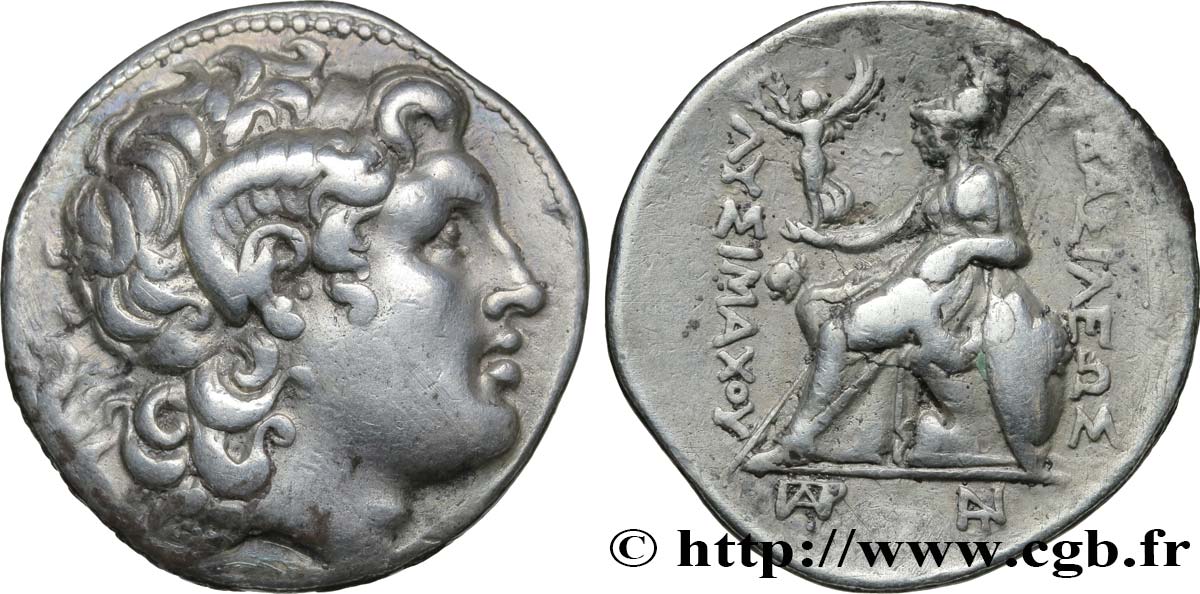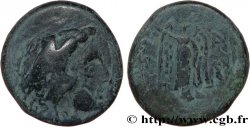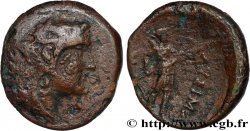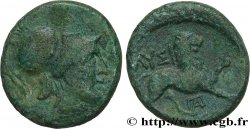Live auction - bgr_364762 - THRACE - LYSIMACHIA Tétradrachme
You must signin and be an approved bidder to bid, LOGIN TO BID. Accounts are subject to approval and the approval process takes place within 48 hours. Do not wait until the day a sale closes to register. Clicking on "BID" constitutes acceptance of the terms of use of cgb.fr private live auctions.
Bids must be placed in whole Euro amounts only. The sale will start closing at the time stated on the item description; any bids received at the site after the closing time will not be executed. Transmission times may vary and bids could be rejected if you wait until the last second. For further information check the Live auction FAQ
All winning bids are subject to a 18% buyer’s fee.
All winning bids are subject to a 18% buyer’s fee.
| Estimate : | 550 € |
| Price : | 350 € |
| Maximum bid : | 350 € |
| End of the sale : | 29 September 2015 14:03:13 |
| bidders : | 1 bidder |
Type : Tétradrachme
Date: c. 280-250 AC.
Mint name / Town : Lysimachie, Thrace
Metal : silver
Diameter : 29 mm
Orientation dies : 3 h.
Weight : 16,70 g.
Rarity : R1
Coments on the condition:
Exemplaire sur un petit flan bien centré des deux côtés. Beau portrait. Frappe molle au revers. Patine de collection ancienne avec de petites oxydations de surface
Catalogue references :
Predigree :
Cet exemplaire provient de la collection Abdo Ayoub
Obverse
Obverse legend : ANÉPIGRAPHE.
Obverse description : Tête imberbe d'Alexandre le Grand sous les traits de Zeus-Ammon, cornu et diadémé à droite.
Reverse
Reverse description : Athéna nicéphore assise à gauche sur un trône, tenant une petite Niké de la main droite qui couronne le nom de Lysimaque et le coude gauche reposant sur un bouclier orné d'un masque de lion ; dans le champ à gauche, un petit masque de lion à gauche ; à l’exergue, deux monogrammes.
Reverse legend : BASILEWS/ LUSIMACOU, (Bsilews Lusimacou)
Reverse translation : (du roi Lysimaque).
Commentary
Exemplaire au style très particulier de portrait, mais caractéristique de l’atelier de Lysimachie (cf. trésor de Meydancikkale, Gülnar II, n° 2592 et 2594, pl. 75) avec un grènetis bouleté autour de la tête de Lysimaque.








 Report a mistake
Report a mistake Print the page
Print the page Share my selection
Share my selection Ask a question
Ask a question Consign / sell
Consign / sell
 Full data
Full data









